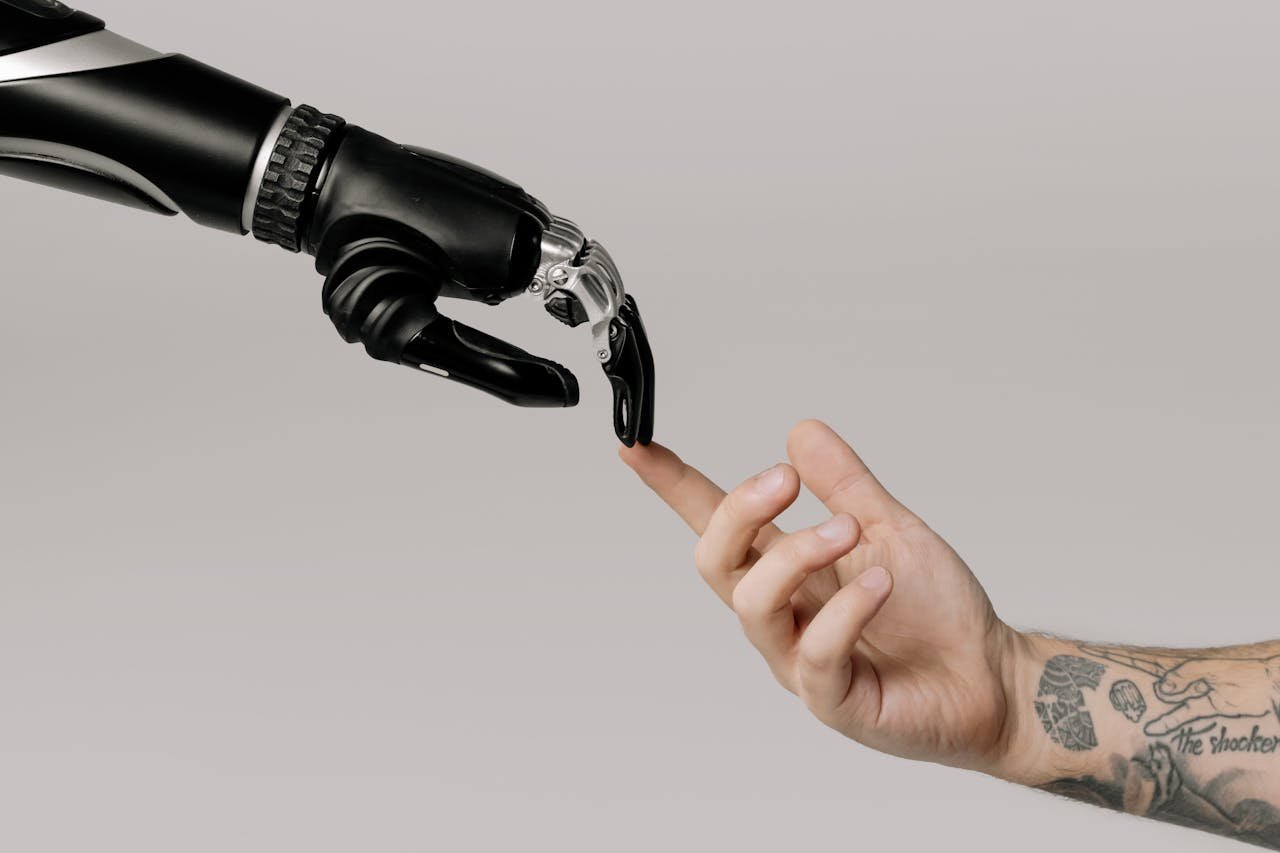In the rapidly evolving world of technology, one of the most captivating and transformative developments in recent years has been the emergence of generative artificial intelligence (AI).
This innovative technology has the power to revolutionize the way we approach problem-solving, creative expression, and even the very nature of human-machine interaction.
As we delve into the fascinating realm of generative AI, we’ll explore its key applications, the challenges it presents, and the extraordinary potential it holds for shaping the future.
Understanding Generative AI
At its core, generative AI is a subfield of machine learning that focuses on the creation of new, original content. Unlike traditional AI systems that are primarily designed for analysis and decision-making, generative AI models are trained to generate human-like text, images, audio, and even code.
These models leverage advanced deep learning algorithms, such as Transformers and Variational Autoencoders, to learn the underlying patterns and structures of data, allowing them to produce novel and captivating outputs.
One of the most prominent examples of generative AI is the language model, which can generate coherent and contextually relevant text on a wide range of topics.
These models, such as GPT-3 and its successors, have demonstrated remarkable capabilities in tasks like creative writing, summarization, and even code generation. As these models continue to advance, they are poised to transform industries ranging from content creation and marketing to education and research.
Key Applications of Generative AI
1. Content Creation
Generative AI has the potential to revolutionize the content creation industry, from generating personalized marketing materials to producing engaging stories and articles.
By automating the time-consuming aspects of content creation, generative AI can empower creators to focus on the more nuanced and creative aspects of their work, ultimately leading to faster turnaround times and increased productivity.
2. Artistic Expression
The ability of generative AI to create stunning and unique images, music, and even 3D models has opened up new avenues for artistic expression. Tools like DALL-E and Midjourney are already allowing artists and enthusiasts to explore their creativity in novel ways, blurring the lines between human and machine-generated art.
3. Personalized Experiences
Generative AI can be used to create personalized experiences for users, tailoring content, recommendations, and even virtual assistants to individual preferences and needs. This has significant implications for industries such as e-commerce, entertainment, and healthcare, where personalization can lead to enhanced user engagement and satisfaction.
4. Automating Tedious Tasks
Generative AI can be leveraged to automate various tedious and repetitive tasks, from code generation to data analysis. By freeing up human resources from these mundane activities, organizations can focus on more strategic and high-value initiatives, driving greater efficiency and innovation.
5. Scientific and Technical Breakthroughs
Generative AI has the potential to accelerate scientific and technical discoveries by assisting researchers in areas like drug discovery, materials science, and climate modeling. By generating and analyzing vast amounts of data, these models can uncover patterns and insights that human researchers may have overlooked.
Challenges and Considerations
While the potential of generative AI is immense, it also presents a range of challenges and considerations that must be addressed:
1. Ethical Concerns
The ability of generative AI to create highly convincing and potentially deceptive content raises important ethical questions around the responsible use of this technology. Issues such as the spread of misinformation, the erosion of trust in digital content, and the impact on human creativity and employment must be carefully navigated.
2. Bias and Fairness
Like any machine learning system, generative AI models can perpetuate and amplify societal biases present in their training data. Ensuring the fairness and inclusivity of these models is crucial to avoid reinforcing harmful stereotypes and discrimination.
3. Intellectual Property and Ownership
The blurring of the line between human and machine-generated content raises complex questions around intellectual property rights, copyright, and the ownership of creative works produced by generative AI.
4. Technical Limitations
While generative AI has made significant strides, it still faces technical limitations, such as the need for vast amounts of training data, the difficulty in maintaining coherence and consistency in long-form content, and the challenge of integrating domain-specific knowledge and reasoning.
The Future of Generative AI
As the field of generative AI continues to evolve, we can expect to see even more remarkable advancements in the years to come.
With the rapid progress in areas like natural language processing, computer vision, and multimodal learning, generative AI models will become increasingly sophisticated, versatile, and capable of tackling complex, real-world problems.
One exciting prospect is the integration of generative AI with other emerging technologies, such as virtual and augmented reality, robotics, and the Internet of Things. This convergence could lead to the creation of immersive, personalized experiences that seamlessly blend the physical and digital worlds.
Furthermore, as generative AI becomes more accessible and user-friendly, it will empower a wider range of individuals and organizations to harness its creative and problem-solving potential.
This democratization of technology could spur unprecedented innovation and creativity, transforming industries and reshaping the way we approach challenges.
Conclusion
The rise of generative AI represents a pivotal moment in the history of technology, one that holds the promise of unlocking new frontiers and redefining the boundaries of human creativity and problem-solving.
As we navigate the complex landscape of this transformative technology, we must approach it with a balanced and responsible mindset, addressing the ethical considerations while embracing the extraordinary potential it holds for shaping a better future.
By leveraging the power of generative AI thoughtfully and strategically, we can unlock a world of possibilities and drive the next wave of technological advancement.
Stay connected with us at thefluxtech otherwise, we will Miss You 🙂







3 thoughts on “The Rise of Generative AI: Welcome New Frontiers in Technology”